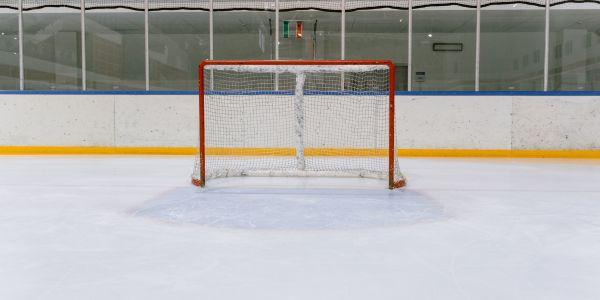Why Some Teams Struggle to Finish a Win?
Winning is never guaranteed when your team leads by a couple of goals in the third period.
You can probably recall many stories where a hockey team experienced an epic collapse when having a significant lead.
Some teams collapse late in games because they switch from “competitive mode” to “over-protection mode.”
Instead of playing to win, these teams adopted a “try not to lose” mindset.
Teams that fear making mistakes often play it safe when having a lead. These teams are tentative and play a reactive style on the ice.
However, being overly cautious causes players to second-guess themselves, and their fear of losing increases the chances of making mistakes.
How can a team successfully close out a game when playing with a lead?
An adjustment to your mindset will help you turn leads into wins. Converting a late-game lead into a win requires a closeout mindset.
Think of the mindset of a closer in baseball.
When an effective closer enters a baseball game with the lead, they focus on getting hitters out. A closer is immersed in what they are doing in the moment and not the potential outcome of a game.
A closeout mindset is when a team plays to win rather than not to lose.
The Critical Elements of a Closeout Mindset:
- Laser Focus – Instead of worrying about the result of the game, stay mentally engaged in the task at hand.
- Play Smart, Not Safe – While protecting a lead, it’s essential to play smart hockey rather than becoming overly conservative.
- Discipline – Avoid playing frantically on the ice. Staying disciplined will help you avoid getting caught out of position or taking unnecessary penalties.
In addition, maintaining discipline helps prevent the opposing team from gaining momentum.
- Confidence – Believe in your team’s ability to execute plays and finish games.
- Embrace Pressure – Closing out a game often comes with added pressure. Embrace the challenge, and use the pressure to energize and motivate you to perform at your best.
- Stay Aggressive – Take calculated risks, hustle for loose pucks, look for opportunities to counterattack, and find ways to capitalize on opponents’ mistakes.
- Finish Strong – Fight until the final whistle and make each shift your best shift.
In the early part of the 2023-24 NHL season, the Philadelphia Flyers went to overtime ten times over the course of 18 games.
In a game against the Columbus Blue Jackets, the Flyers relinquished a third-period lead and eventually suffered a 3-2 loss in the shootout.
After the loss, Philadelphia Flyers left winger Joel Farabee commented on the team’s need for a close-out mindset.
FARABEE: “I don’t think we played necessarily bad in the third. I just think we were trying to hold on instead of being aggressive. When you do that, teams are too good in this league, they’re going to get their chances. So I feel like we’ve just got to stay aggressive in the third there, keep the pressure on them, and not try to sit back and win the game.”
You want to pay attention to your mindset. The more you focus on the play you want to make, the more you habituate the close-out mindset.
A close-out mindset only works when the entire team buys in. Don’t be afraid to talk with your teammates about how they approach playing with the lead.
When you discuss the mental aspects of the game with your teammates, everyone benefits.
Related Articles on Hockey Mental Game:
- How to Create a Winning Mindset for Hockey
- How Hockey Players Grow into Their Potential
- How to Respond after Being Benched
*Subscribe to The Sports Psychology Podcast on iTunes
*Subscribe to The Sports Psychology Podcast on Spotify
Mental Coaching Programs for Hockey
Our mental game coaching programs for hockey players helps athletes improve confidence, concentration, let go of errors quickly, and stay composed during crunch-time. Read more about sports psychology for hockey players at Peaksports.com
Please contact me by phone at 888-742-7225 or by filling out the webform below to learn more about our personal mental training programs for hockey players or teams:

Leave a Reply